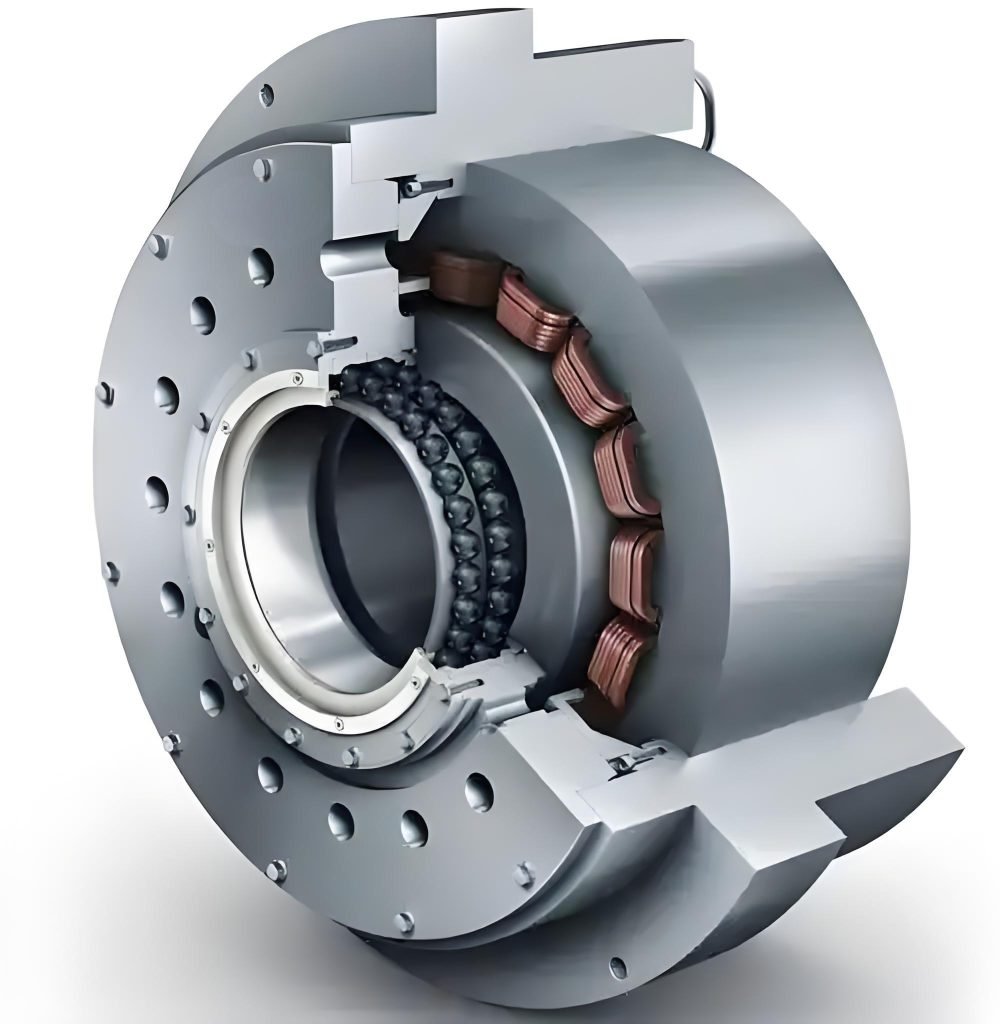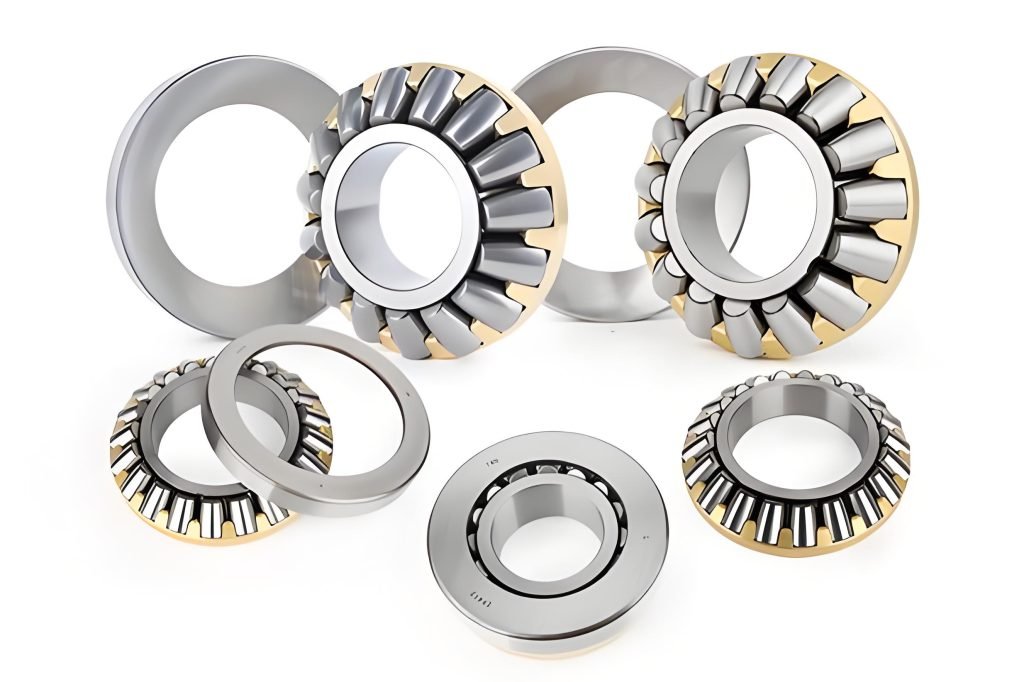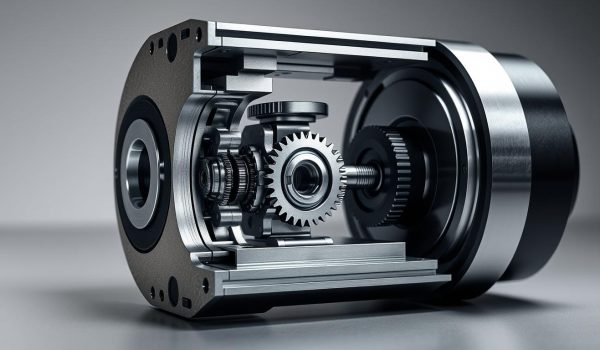Did you know that nearly 50% of mechanical failures in rotating machinery are attributed to inadequate torsional stiffness? This staggering statistic highlights the critical importance of understanding torsional rigidity in engineering. Torsional rigidity, denoted by the symbol GJ, is a measure of a material’s or structure’s ability to resist twisting when subjected to torque.
As an engineer, understanding the factors that influence torsional rigidity is crucial for designing components that can withstand rotational forces without compromising performance. The shear modulus of the material and the polar moment of inertia of the cross-sectional area play significant roles in determining a structure’s torsional rigidity.
By grasping the concept of torsional rigidity, you’ll be better equipped to ensure structural integrity and optimize performance in various engineering applications.
Understanding Torsional Rigidity
Definition and Basic Concepts
Torsional rigidity is the resistance of a material or structure to twisting. It’s an important mechanical property that helps engineers design components that can withstand torque without excessive deformation. The higher the torsional rigidity, the less a component will twist under a given torque.
Torsional rigidity differs from other mechanical properties in its specific relation to twisting forces. It’s particularly important for shafts and other rotating components. You should note that torsional rigidity is not just a material property but also depends on the geometry of the component.
Mathematical Expression of Torsional Rigidity
The mathematical expression of torsional rigidity is given by GJ, where G is the shear modulus of the material and J is the polar moment of inertia. The equation θ=TL/GJ shows that the angle of twist (θ) is directly proportional to the torque (T) and the length (L) of the shaft, and inversely proportional to the torsional rigidity (GJ).
Understanding this equation helps you predict the behavior of components under torque. The shear modulus (G) represents the material’s resistance to shear stress, while the polar moment of inertia (J) accounts for the geometric characteristics of the shaft.
The Importance of Torsional Rigidity in Engineering
The significance of torsional rigidity in engineering cannot be overstated, as it directly impacts the performance and safety of mechanical systems. You need to understand how torsional rigidity affects the structural integrity and overall functionality of various components and structures.
Structural Integrity and Performance
Torsional rigidity is crucial for maintaining the structural integrity of components subjected to twisting forces. When a component has high torsional rigidity, it resists deformation and maintains its geometry, ensuring optimal performance in mechanical systems. For instance, in mechanical structures like bearings and propellers, high torsional rigidity is essential for accuracy and strength. You can see how this applies to real-world examples, such as load-bearing girders in construction projects.

Safety Considerations in Engineering Design
Safety is a paramount concern in engineering design, and torsional rigidity plays a significant role in ensuring the safety of structures and components. Insufficient torsional rigidity can lead to excessive deformation or even catastrophic failures under twisting loads. You must consider the safety implications of torsional rigidity when designing structures like skyscrapers and bridges, where the consequences of failure can be severe. By balancing torsional rigidity with other design requirements, engineers can create safe and efficient structures.
Material Properties Affecting Torsional Rigidity
Material properties play a pivotal role in determining the torsional rigidity of a component. The ability of a material to resist torsion under applied torque is crucial in various engineering applications.
Shear Modulus and Its Significance
The shear modulus (G) of a material is a measure of its stiffness in response to shear stress, directly influencing its torsional rigidity. Materials with a high shear modulus, such as steel, exhibit greater resistance to torsion compared to those with a lower shear modulus, like aluminum or polymers.
Material Homogeneity and Isotropy
Material homogeneity and isotropy are also critical factors. Homogeneous materials have uniform properties throughout, while isotropic materials exhibit the same properties in all directions. Inhomogeneities or anisotropies can lead to unpredictable torsional behavior, affecting the overall torsional rigidity.
Comparison of Different Materials
Different materials exhibit varying levels of torsional rigidity based on their properties. For instance, metals generally have higher torsional rigidity compared to polymers. Composites can offer a balance, providing both strength and flexibility. Understanding these differences is essential for material selection in engineering design.
By considering these material properties, engineers can make informed decisions to optimize the torsional rigidity of components, ensuring they meet the required performance and safety standards.
Geometrical Factors Influencing Torsional Rigidity
Understanding the geometrical factors that influence torsional rigidity is crucial for designing and optimizing engineering components. Torsional rigidity is a measure of a component’s resistance to twisting forces, and it is significantly influenced by the geometry of the component.
Polar Moment of Inertia
The polar moment of inertia (J) is a critical geometrical factor that quantifies a cross-section’s resistance to twisting. It is calculated based on the distribution of the cross-sectional area around the axis of rotation. For a solid circular shaft, J is determined by the formula: J = (πr⁴)/2, where r is the radius of the shaft. This formula highlights the importance of the radius in determining the torsional rigidity of a circular shaft.
Cross-Sectional Shapes and Their Effects
Different cross-sectional shapes have varying effects on torsional behavior. Circular cross-sections typically provide the highest torsional rigidity for a given cross-sectional area due to their symmetrical distribution of material around the axis of rotation. In contrast, rectangular or complex geometries may offer less torsional rigidity. The choice of cross-sectional shape depends on the specific requirements of the engineering application.
Length and Diameter Considerations
The length and diameter of a component are also crucial factors that influence its torsional rigidity. Generally, shorter components exhibit higher torsional rigidity because they are less prone to twisting deformations. Similarly, increasing the diameter of a shaft can dramatically improve its torsional rigidity due to the increased polar moment of inertia. Engineers must balance these geometrical factors to optimize the torsional performance of their designs.
By understanding and manipulating these geometrical factors, engineers can significantly enhance the torsional rigidity of their designs, leading to improved performance and safety in various engineering applications.
How to Improve Torsional Rigidity in Materials and Structures
To enhance the torsional rigidity of materials and structures, several strategies can be employed. Torsional stiffness can be improved by using higher modulus steels, additional welding, and high-strength bonding adhesives. For instance, strut tower braces that connect to the firewall can significantly increase chassis rigidity in automotive applications.

Material Selection Strategies
You can improve torsional rigidity by selecting materials with high shear modulus values. The shear modulus is a measure of a material’s resistance to deformation under shear force. For example, steel has a shear modulus of 80 GPa, making it an ideal choice for applications where high torsional rigidity is required.
Geometric Optimization Techniques
Geometric optimization is another effective way to enhance torsional performance. By optimizing cross-sectional shapes and adjusting the polar moment of inertia, you can significantly improve torsional rigidity without increasing weight or cost. Techniques such as using closed-section profiles instead of open-section profiles can make a substantial difference.
Manufacturing and Quality Control Considerations
The manufacturing process and quality control measures also play a crucial role in determining the actual torsional rigidity of produced components. Ensuring that materials are processed correctly and that quality control checks are in place can help maintain the desired level of torsional rigidity. This includes proper welding techniques and the use of high-strength adhesives.
By combining these strategies, you can effectively improve the torsional rigidity of materials and structures, leading to more durable and stable engineering applications.
Disadvantages of High Torsional Rigidity
While high torsional rigidity is often desirable, it comes with several drawbacks that engineers must consider. Achieving high torsional stiffness typically requires larger or more durable materials, which can have significant implications for the overall design.
Weight and Cost Implications
To attain high torsional rigidity, bigger or more durable materials are usually necessary, leading to increased component weight. This can be particularly problematic in weight-sensitive applications, such as aerospace engineering. Moreover, materials with higher torsional rigidity, like high-strength metals and composite materials, are generally more expensive. The increased material and manufacturing costs must be justified by the performance requirements of the application.
Reduced Flexibility and Energy Absorption
Excessive torsional rigidity can reduce a structure’s ability to absorb energy, potentially leading to catastrophic failure under impact loads. In applications where some degree of compliance is beneficial, engineers must balance torsional rigidity with flexibility requirements. For instance, in automotive engineering, a certain level of flexibility is necessary to absorb shocks and vibrations.
Brittleness and Failure Modes
Materials with extraordinarily high torsional stiffness may be more susceptible to brittle failure. The relationship between high rigidity and brittleness affects failure modes in highly rigid structures. Engineers need to understand this relationship to predict and mitigate potential failures in engineering applications.
Conclusion: Balancing Torsional Rigidity in Engineering Applications
Torsional rigidity is a fundamental aspect of engineering, influencing the structural integrity and functionality of parts subjected to twisting forces. As you’ve learned, achieving the proper balance of torsional stiffness in components is challenging. Excessive stiffness can lead to increased weight, expense, and brittleness, while inadequate rigidity results in deformation and potential failure.
As part of a holistic design approach, engineers must consider torsional rigidity alongside other loading conditions and performance requirements. By doing so, they can prevent failures and optimize performance in components subjected to twisting forces. With this knowledge, you’re better equipped to tackle engineering design challenges and create more efficient, safe, and reliable structures.
FAQ
What is the relationship between shear modulus and torsional rigidity?
The shear modulus of a material is a measure of its ability to resist deformation under shear stress, and it directly affects the torsional rigidity of a component. A higher shear modulus indicates a higher resistance to twisting.
How does the polar moment of inertia influence torsional rigidity?
The polar moment of inertia is a geometrical property that quantifies a cross-sectional shape’s resistance to twisting. A higher polar moment of inertia results in higher torsional rigidity, making it more difficult to twist the component.
Can you improve torsional rigidity by changing the material?
Yes, selecting a material with a higher shear modulus can improve torsional rigidity. For instance, switching from aluminum to steel can significantly enhance the torsional rigidity of a component due to steel’s higher shear modulus.
How does the length of a component affect its torsional rigidity?
The length of a component inversely affects its torsional rigidity. As the length increases, the torsional rigidity decreases, making longer components more susceptible to twisting under applied torque.
What are the implications of high torsional rigidity on the weight and cost of a component?
High torsional rigidity often requires the use of materials or geometries that can increase the weight and cost of a component. For example, using thicker or more dense materials can enhance torsional rigidity but at the expense of added weight and potentially higher production costs.




